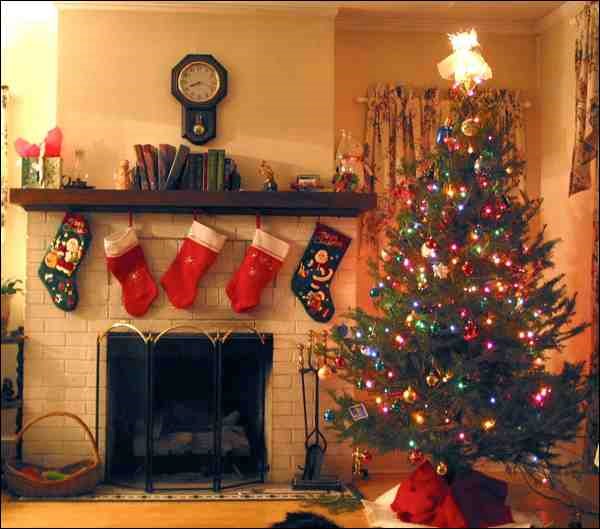As you conspire by fire, do you know what kind of live Christmas tree you have? One clue is found in the carol that starts out "O Tannenbaum" that in some version has been loosely translated to "O Christmas tree."
While the sentiment in this context is the same and the number of syllables match, "tannenbaum" is more correctly translated from German as "fir tree." All this to say that firs are Canadians' first choice for a Christmas tree. But not all Christmas trees are firs.
Fir, spruce and pine are the three main types of Christmas tree. Pines are the easiest to identify as they always have two or more needles bundled together that are much longer than either fir or spruce needles, ranging from a few to several inches depending on the species. In fir and spruce, needles are just under an inch long and occur singly along the branch. Fir needles are flat and cannot be rolled between your fingers whereas spruce needles are square to slightly rounded and will roll. In addition, fir bark is typically silvery grey or brown and smooth; whereas spruce bark tends to be dark brown and rough, especially along the branches.
Balsam fir is naturally pyramid or cone shaped, have excellent needle retention, sport soft blunt needles and emit a wondrous fragrance. Oh, the fragrance. It is the quintessential scent of Christmas. In fact, most things infused with a so-called pine-fresh scent are actually balsam scented. Other firs you may encounter while searching for the perfect tree include Fraser, Douglas, Canaan, grand, noble and white. They are similar to the balsam, but will differ in colour (medium to dark green), needle density and length, slight variation in overall tree shape, bark characteristics and intensity of fragrance.
A Colorado blue spruce is obvious from its colour (hint: it's blue!). However nice it is outdoors, it's not a tree I would choose for my Christmas tree. The main reason is that the needles are hypodermic sharp. Trying to decorate could leave you weak from blood loss. A better choice is the white spruce with its much stubbier, dark green needles. However, two of its other common names make reference to the odour of its crushed needles: skunk spruce and cat spruce. But once the job of decorating is done, the smell stops being an issue.
Natural pines (i.e. forest grown) have a more open structure than spruce or fir, while sheared pines can be very dense. With stiff but somewhat flexible branches, both light and heavy ornaments can easily be hung with care. Scots pines have dark green needles in bundles of two, ranging from one to three inches long. Needle retention is excellent even if allowed to dry out occasionally. White pine differs from Scots with longer (2.5 - 5 in.) and more pliable needles; needles in bundles of five; and is lighter green to silvery green. Fragrance is very mild to non-existent and is reported to result in fewer allergy complaints.
If you're buying locally, your options are limited to balsam fir, Scots pine and white spruce. For more information about Saskatchewan Christmas tree producers and where to find them, visit www.prairiechristmastrees.com.
It matters not a whit what kind of tree you have in terms of care: cut the end before bringing indoors, water often, never let it dry out, keep away from warm drafts, use low watt LED lights, and use a timer to limit the number of hours you leave the lights on. On the other hand, each species lends its unique characteristics to your festive décor.
Finally, regardless of the type of live tree you have for Christmas, all are recyclable. They are usually chipped and used as mulch parks to reduce water consumption and control weeds. The City of Saskatoon has a number of drop-off sites that are open from Dec. 26 until the end of January. For drop-off locations, call the Solid Waste Information Line at 306-975-2486 or visit www.saskatoon.ca and chose 'C' under 'Browse A-Z listings' at the top of the page then scroll down to 'Christmas trees.'
For local information visit www.cityofnb.ca or battleford.ca.
- This column is provided courtesy of the Saskatchewan Perennial Society (www.saskperennial.ca; [email protected]).




